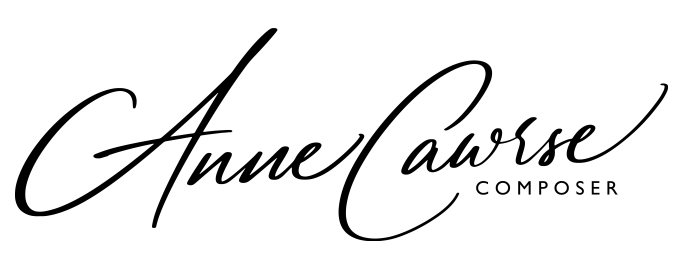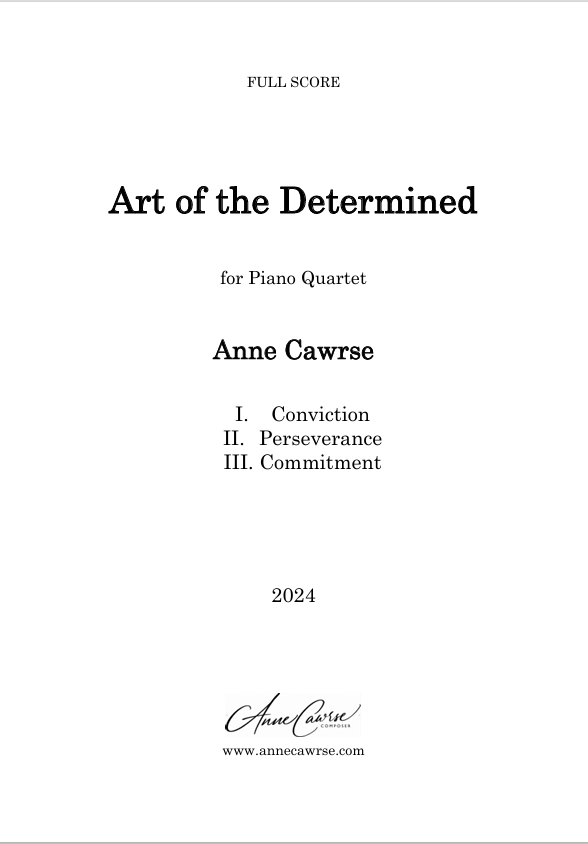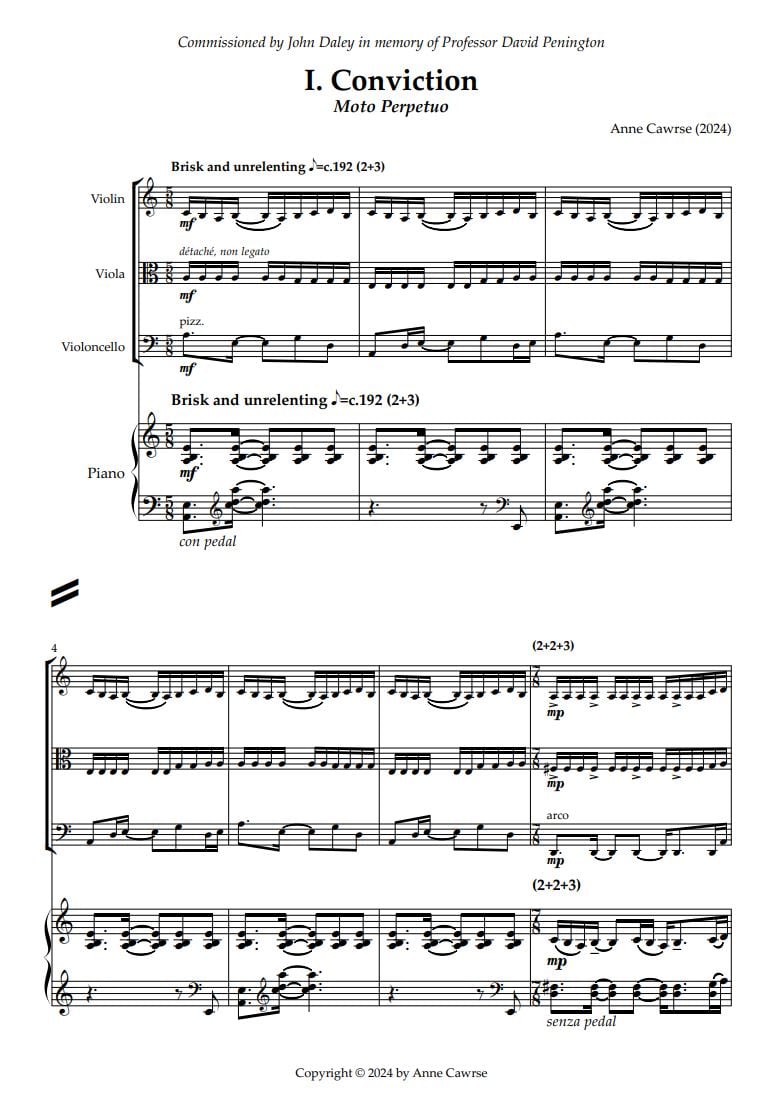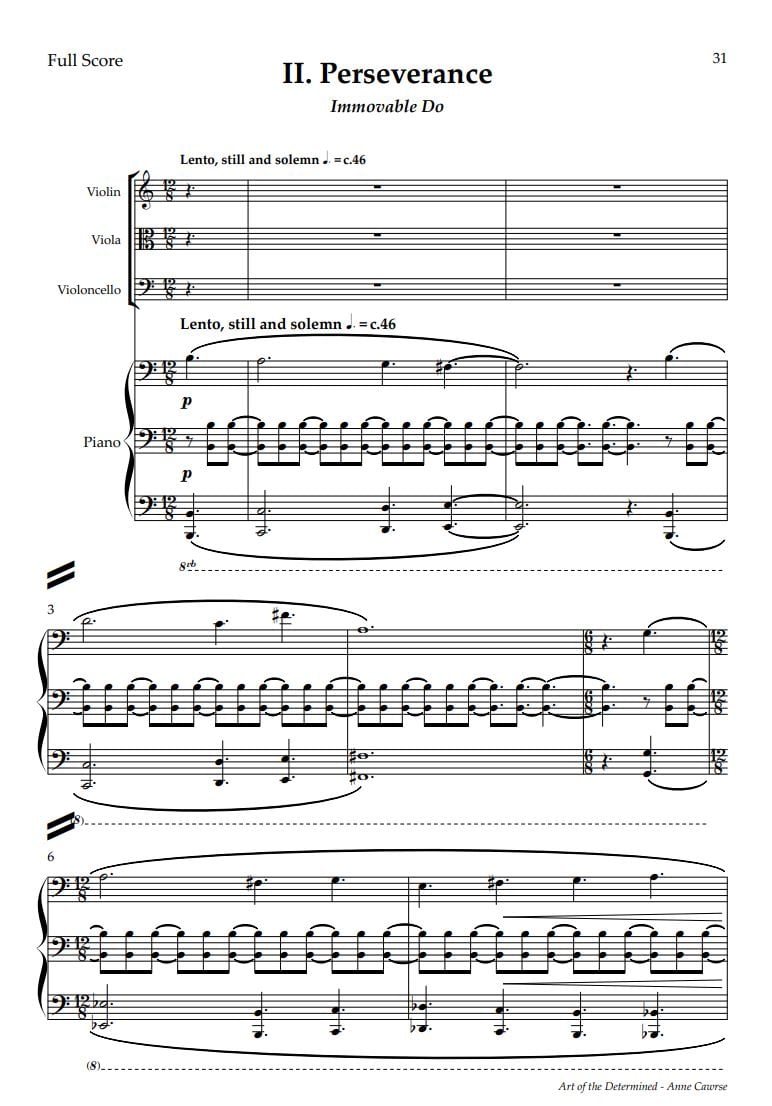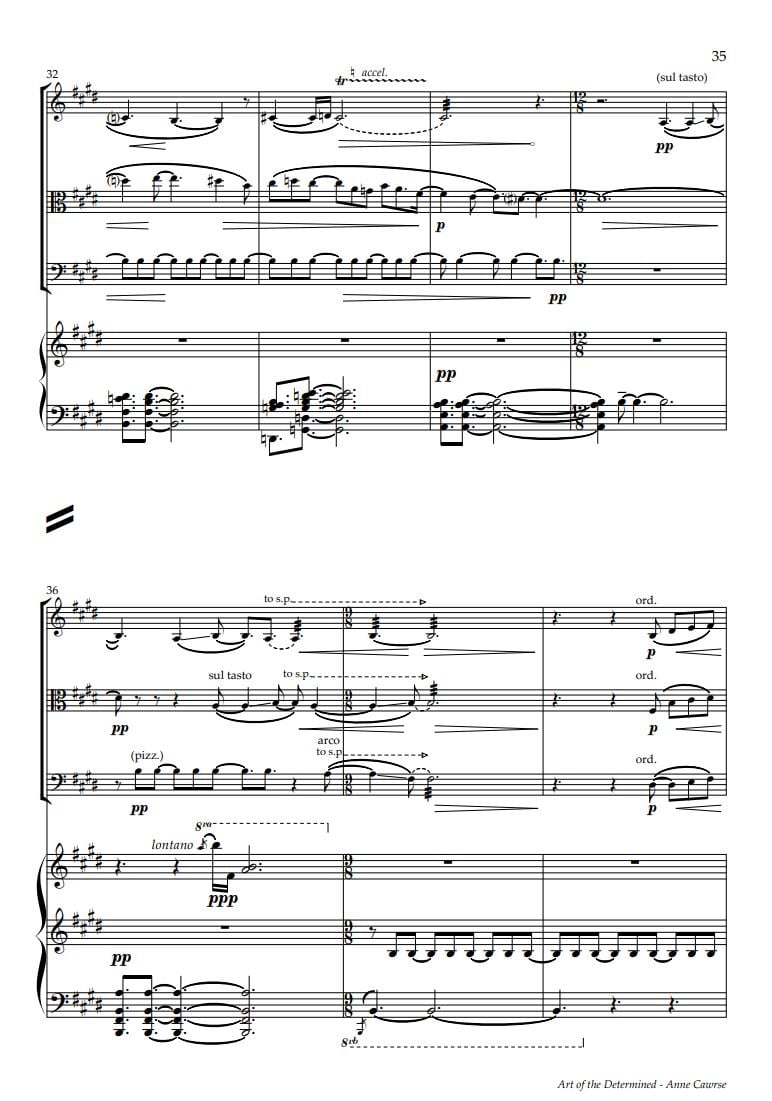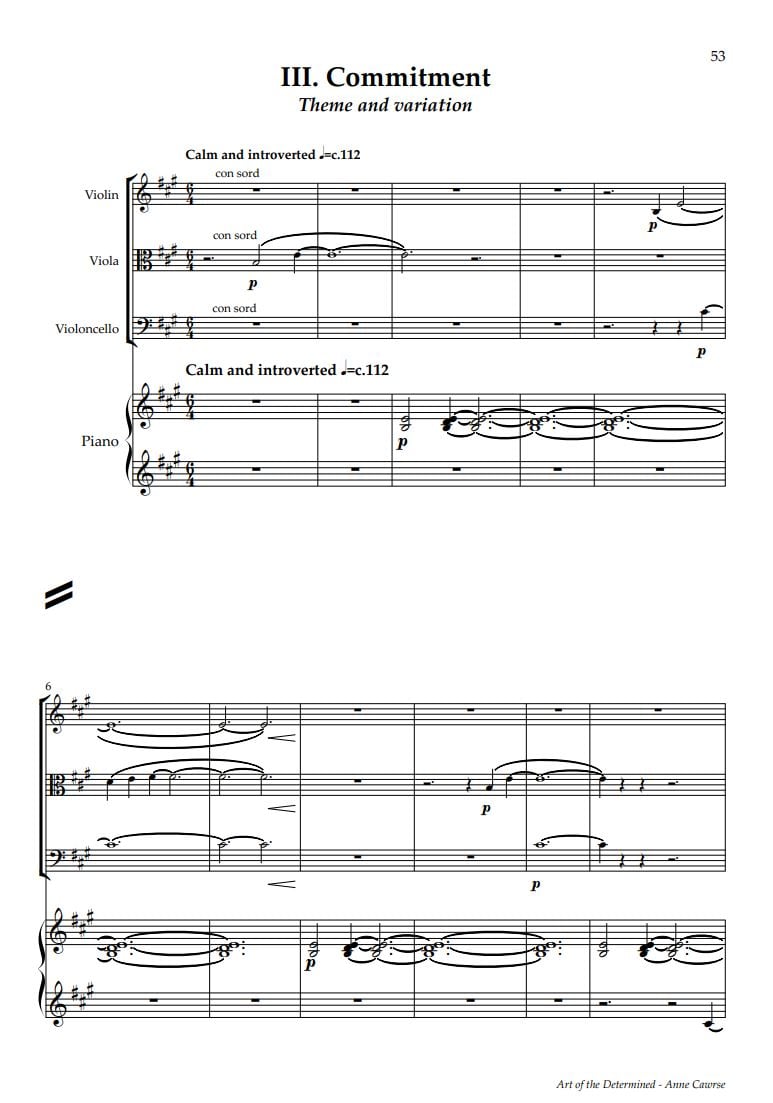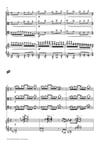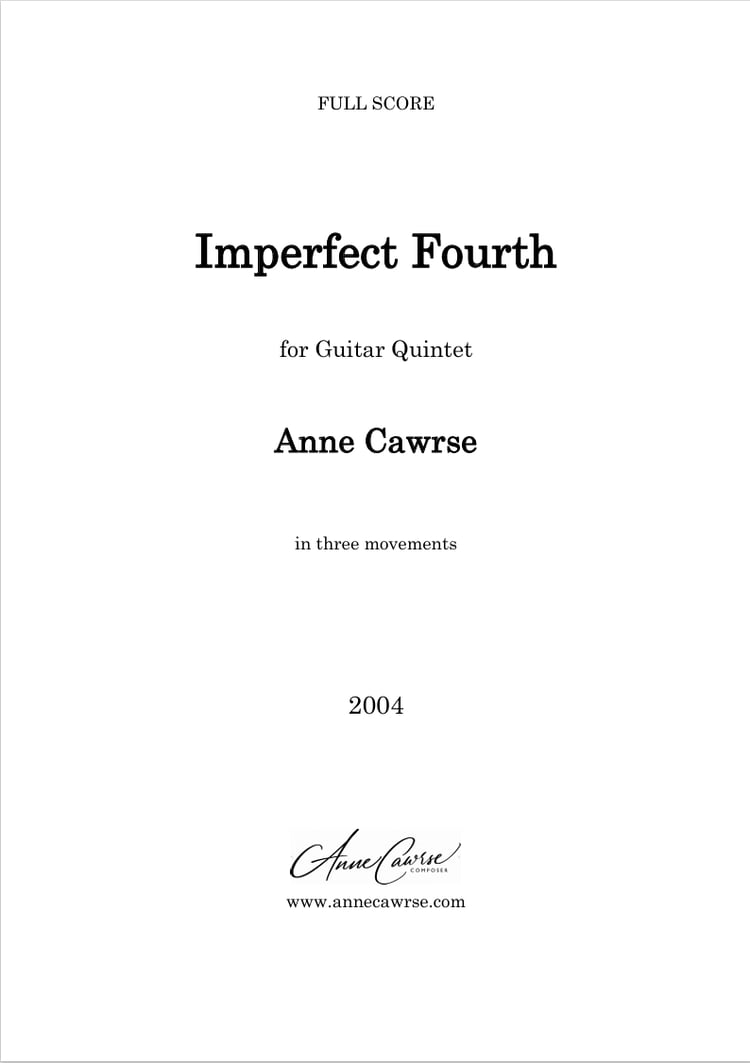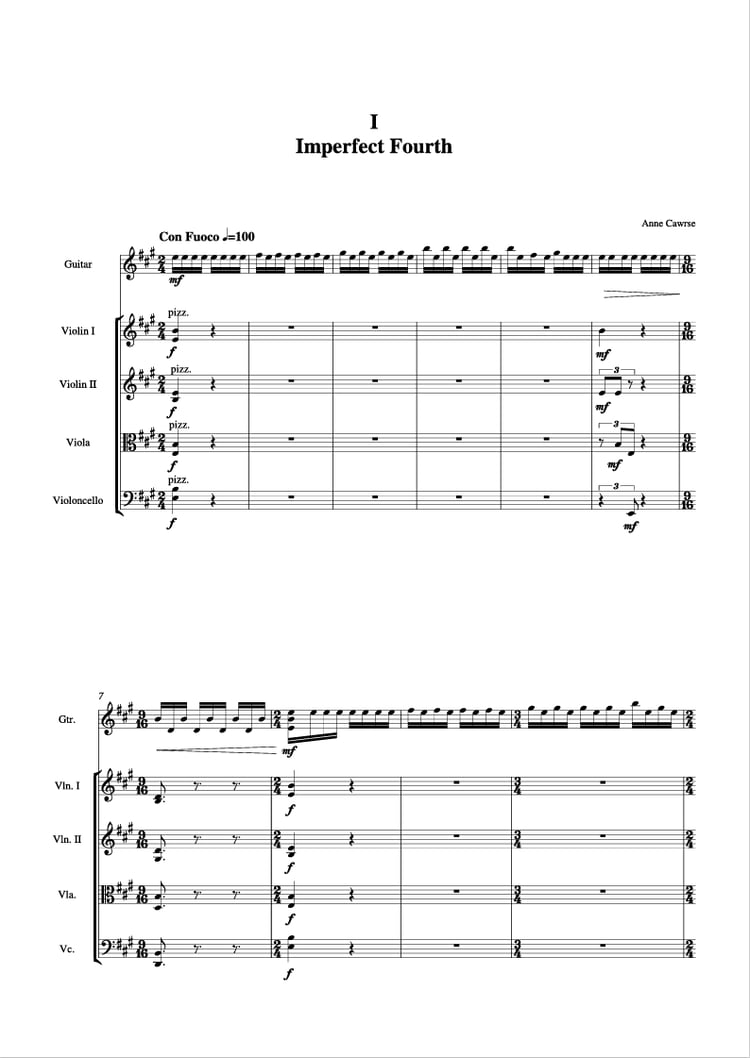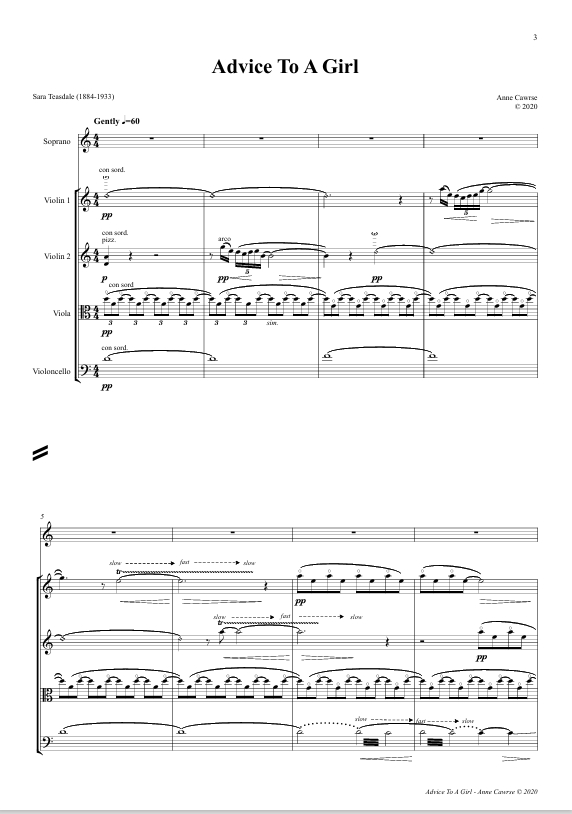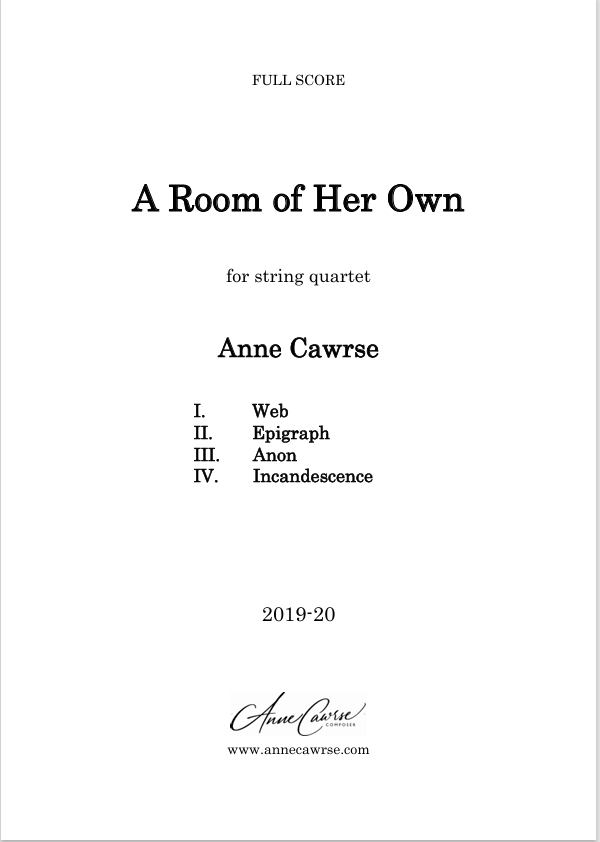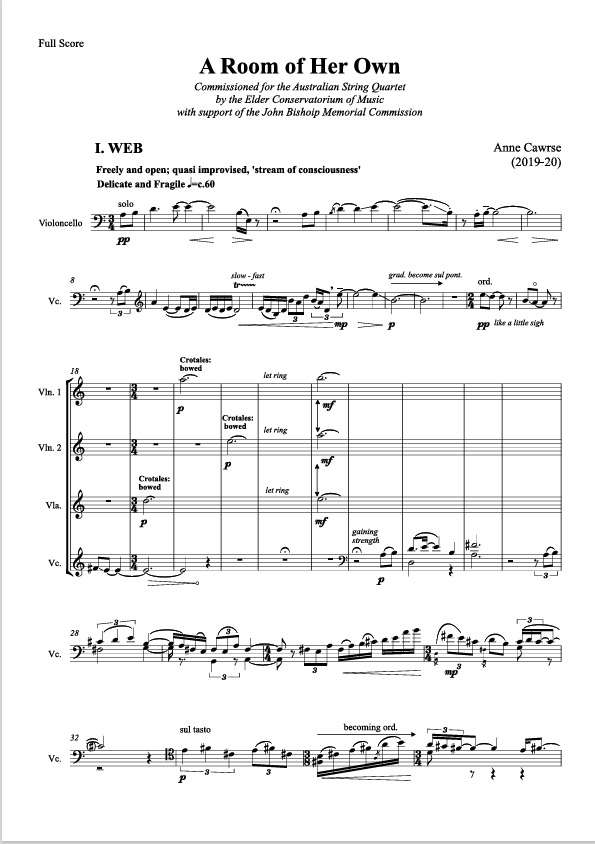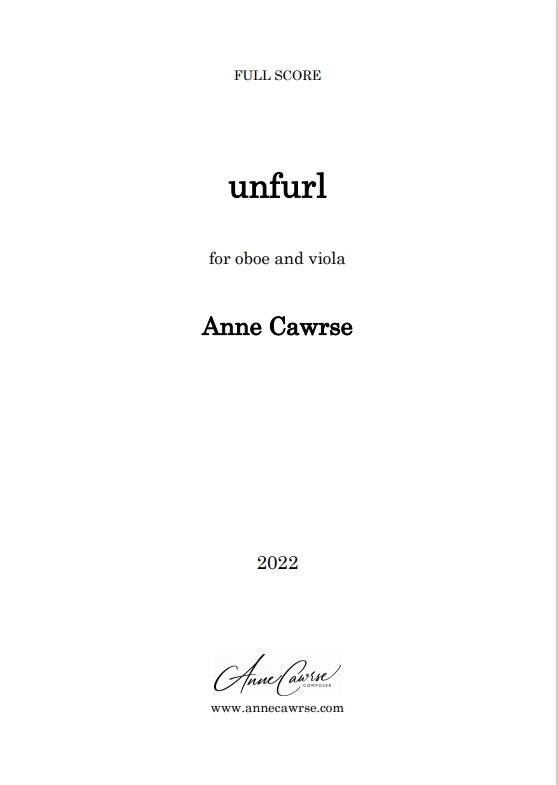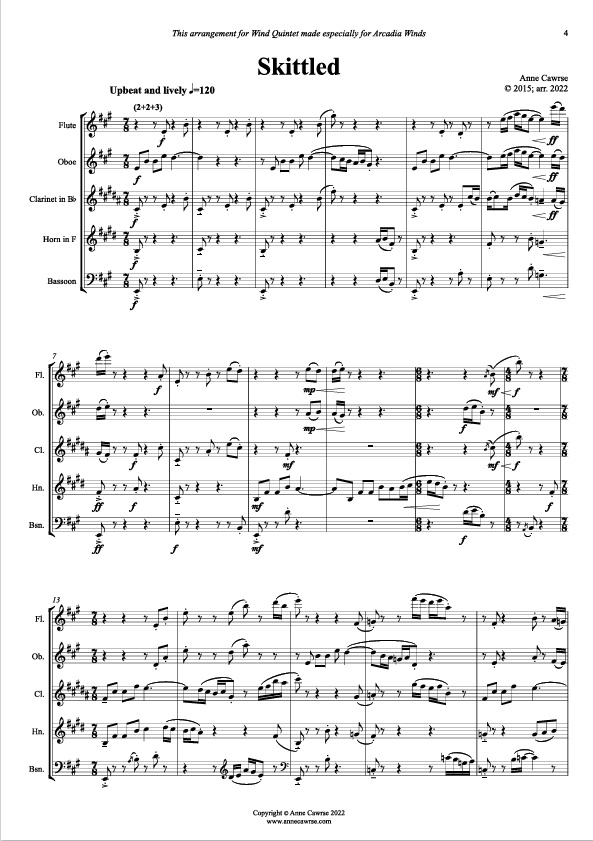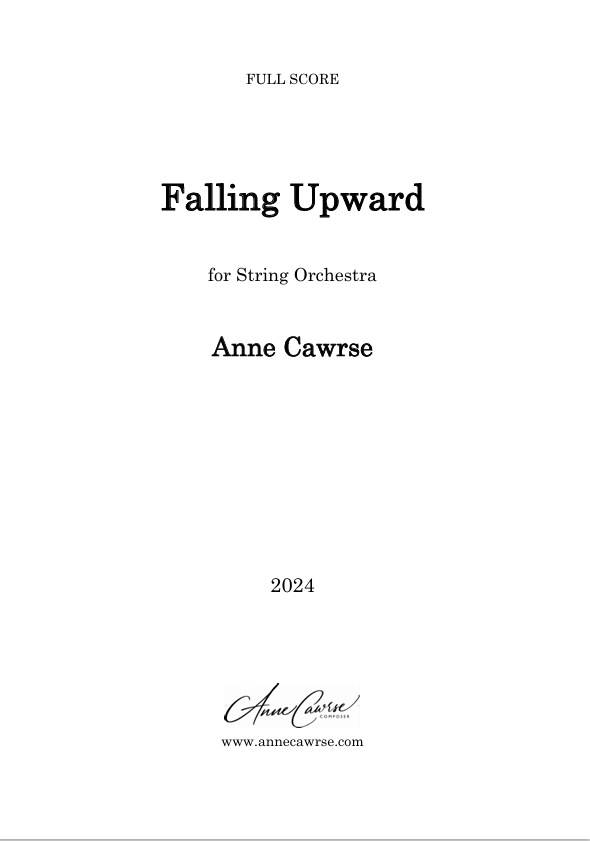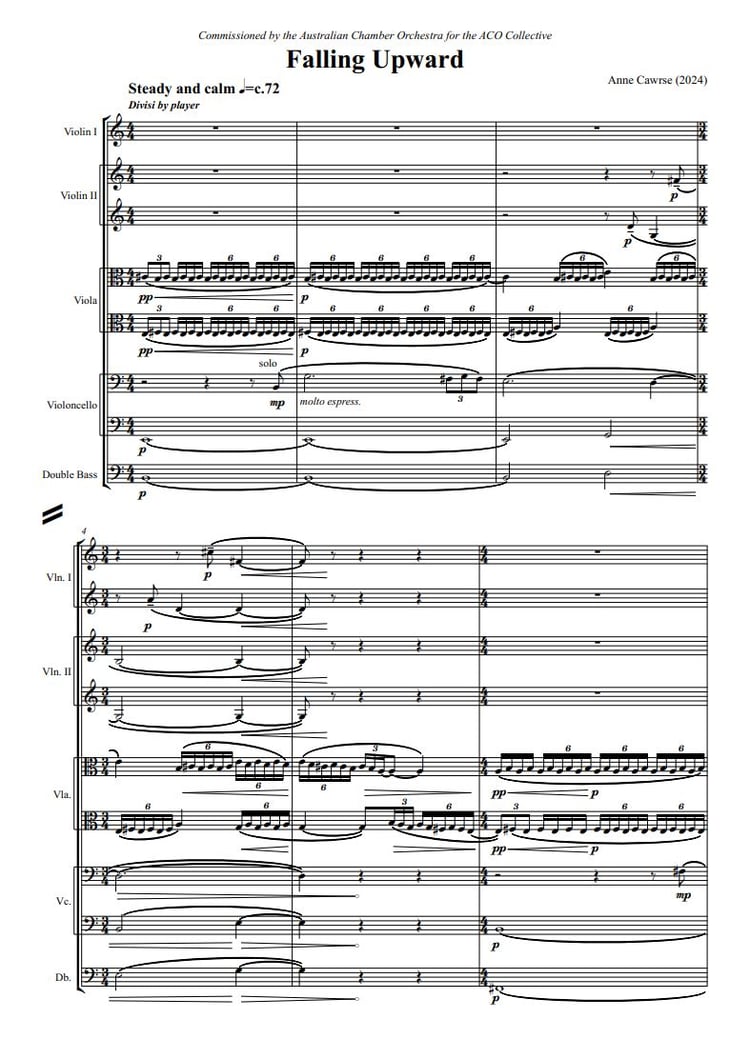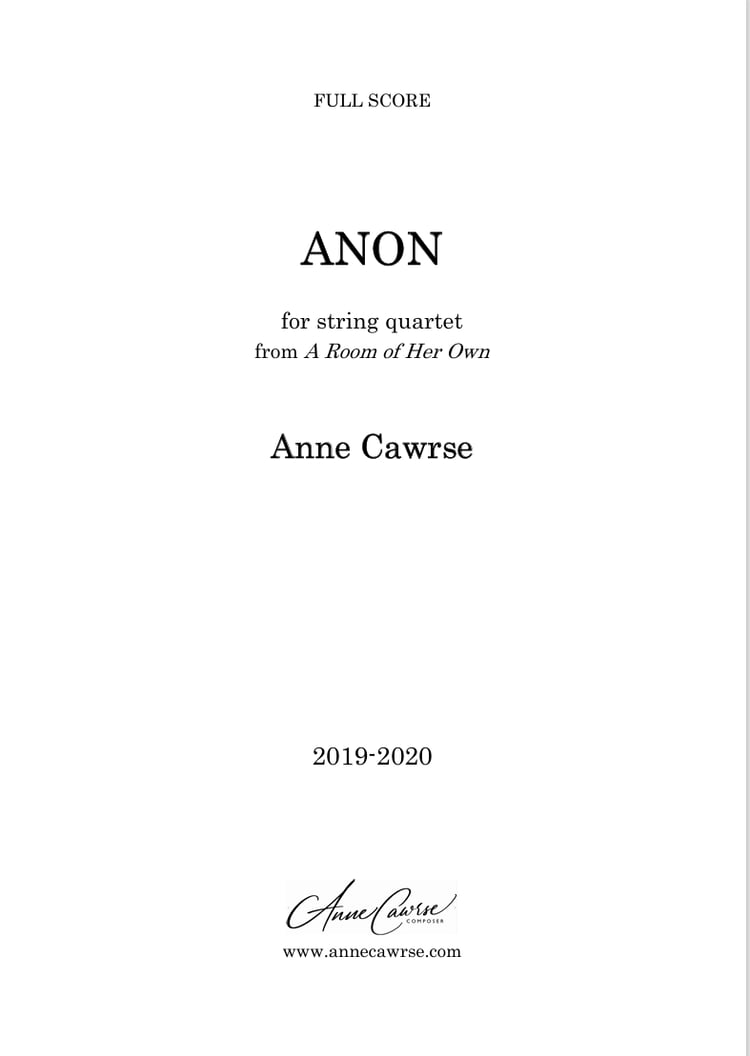Art of the Determined
Art of the Determined (2024)
-for Piano Quartet
Duration: approx. 23 minutes
Difficulty: Advanced
Download includes full score and complete set of performance parts.
Fashioned in three movements, Art of the Determined is a musical exploration of determination; the personal attributes that might be present in a person known for their grit, resoluteness, and perhaps even stubbornness. Each of the three movements extend its titular characteristic to a musical form, procedure and/or technique, demonstrating the musical rule or focus that dictated its creation.
Conviction is presented as a moto perpetuo, with a largely unceasing irregular rhythmic propulsion underlying the musical movement. Structured in Rondo form, each A section brings us home to the opening theme in A Dorian, while the contrasting B and C sections adopt two different unrelenting harmonic cycles that persist until the eventual arrival back at A is achieved.
Perseverance centres around the note ‘B’- the ‘immovable do’ of the movement. This note is heard as a tonal centre, a pedal note, a gentle pizzicato, a stubborn ‘not quite right’ harmonic addition, and a point of resolve. Formally, this movement is shaped a little like a song, with an other-worldly ‘chorale’ as interlude. All instruments are given a chance to play a version of the expansive melodic theme, with each thematic return met with increasing complexity, breadth and dissonance.
Commitment begins sparsely, announcing the rising Perfect 4th theme melodically and harmonically across all instruments. Steeped in patience and control, the ‘variations’ present not as a traditional melodic variation, but as expansions and developments created by condensing and intensifying the opening motifs. This forms a movement shaped by a gradual building of rhythm and energy as the music moves between related modes, stubbornly refusing the onslaught of chromaticism and modulation prevalent in the earlier movements. Our grand melodic arrival heralds in a theme of subtle familiarity, derived from melodic components heard in earlier movements- also finally breaking the ‘rule’ of diatonicism (just a little!)
